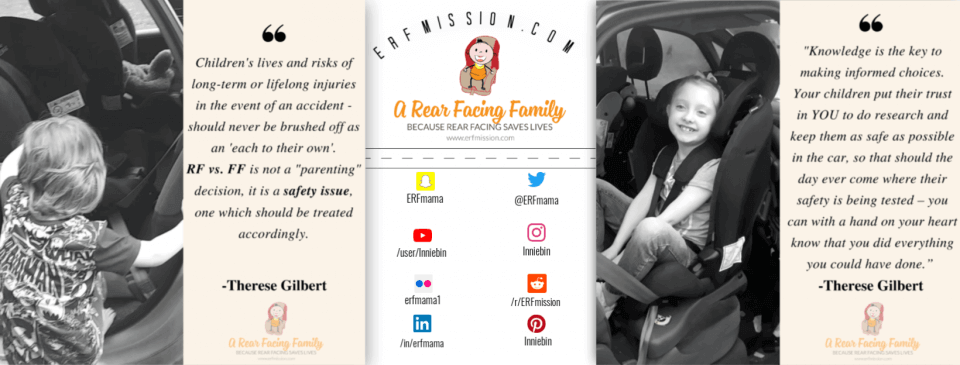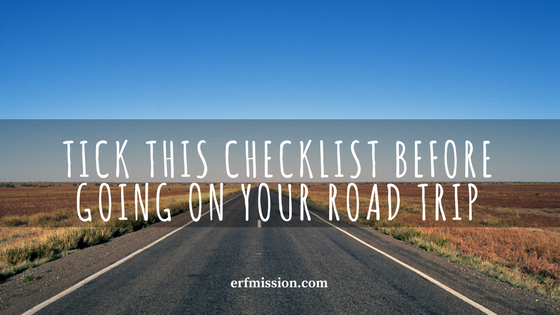It will be one of the most exhilarating, exhausting and unforgettable experiences of your life. From persisting up steep mountains, admiring a waterfall, to standing in the middle of the world’s tallest bridge, in the future you’ll think back with the fondest memories. The people around you at the time of this epic adventure are as important as the experience itself. Taking a road trip is one of those things that’s on most people’s to-do list. But before you set off, it’s vital that you have a plan of action should your trip need to deviate, and a backup plan incase the unexpected happens.
Packing and schedule
It may not seem it at first, but a perfectly packed care will soon become a collection of used clothes, trash, damaged goods and odorous things like used towels. Less is more. Pack light, take the essentials that you need and then double up on them. The more stuff you bring with you, the increased chance of being unable to track them and you’ll end up losing items. On top of this, the more space is taken up in the car; the more claustrophobic the vehicles will become.
Draw up a very detailed plan of the locations you’re going to visit and the time and date you expect to reach them. They’ll be people around you pestering you to drop the plans and just ‘wing it’. But the unexpected like a venue being shut on a day that it normally opens can happen. Neatly draw up days with ideas to fall back on should the primary be unachievable.

Image by – AHLN
Know your vehicle
Take pride in the task of being prepared for almost every eventuality you’re likely to meet on the road. It’s almost inevitable, but you will run into some sort of car trouble; nothing man-made is invincible after all. Service and check your vehicle out before you go onto the road. Bring the basic equipment along with you such as a jack, spare tyre, wheel nuts and tyre iron. Also, make sure you’re financially in a safe spot, get the right car insurance quote that will cover any unfortunate scenario you suspect of happening.
Research and flexibility
Your timeframe is going to be structured in your plan and schedule, however, sometimes it can go pear shaped. Anything surprising or extra time-consuming may be avoided by keeping up-to-date by tracking updates on your smartphone. Each morning while you eat breakfast, get weather and traffic updates, so you know which routes to take that would save you time. Keep safe by thoroughly understand the types of driving conditions you’re heading into, not just atmospherically but the actual road itself; the real life structure may be thinner or perhaps treacherous than otherwise shown on a map.

Source – riley
Safety kit
Perhaps the most vital piece of kit you’ll take with you is a first aid kit. Should you or your friends suffer an injury, you won’t be too far from immediate medical aid. Most first aid kits have the standard requirements such as bandages, plasters, antiseptic spray and or wipes, headache medicine, heat and ice packs, allergy tablets, scissors and gauze dressings. You could buy a first aid kit at an outdoor supply store, or you could buy each item individually to your liking.


Therese has completed the ‘Advanced Child Car Seat Training Course’ at TRL (Transport Research Lab) and is a CPD accredited car seat expert. She blogs about in-car safety, car seats, tips, reviews, giveaways and advice. She’s a mum on a mission to change the law and raise awareness. She is also a breastfeeding advocate and gentle parenting promoter who loves cloth nappies, baby-wearing, BLW and co-sleeping/bed-sharing.

